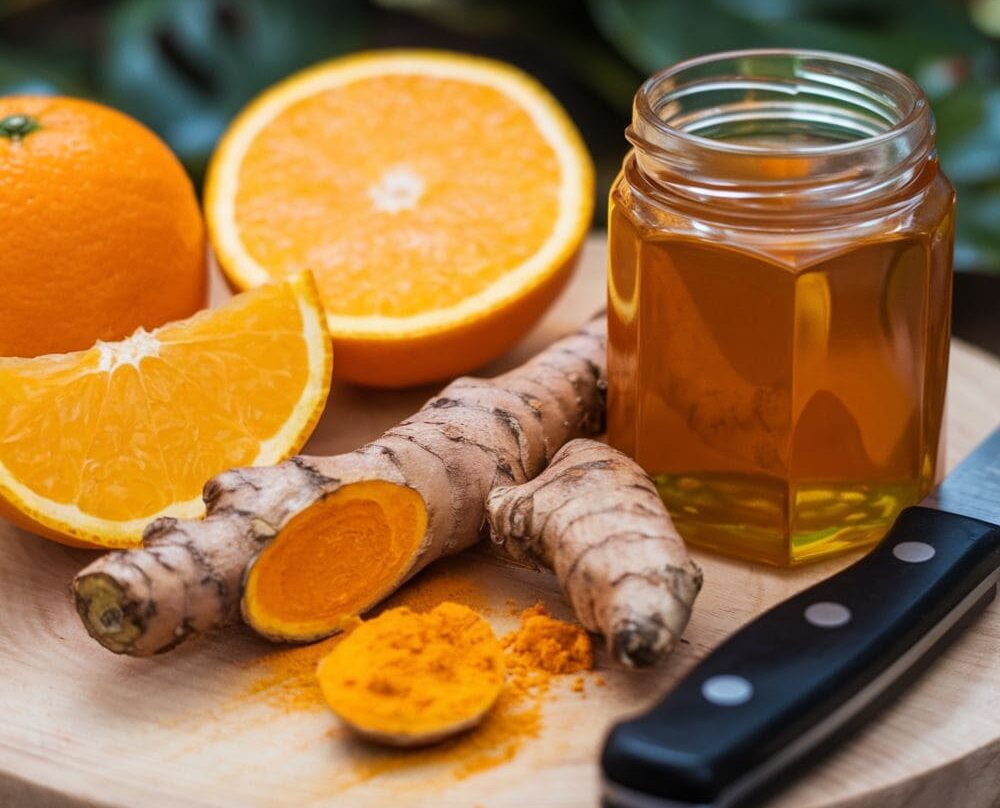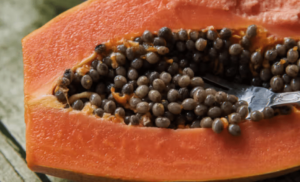The Liquid Gold of the Pharmaceutical Industry: Why Horseshoe Crab Blood Is So Valuable
In a dark laboratory in Charleston, South Carolina, a scientist carefully examines a large horseshoe crab. Gently setting it down, he pulls out a giant syringe and inserts it between the crab’s tough, segmented exoskeleton. Slowly, a peculiar blue liquid fills the syringe—horseshoe crab blood. This unique substance is often referred to as “liquid gold,” but why is it so valuable?
The Origins of Horseshoe Crab Blood in Medicine
The journey of horseshoe crab blood’s significance dates back to the early 20th century. In 1912, pharmaceutical laboratories across the world faced a critical challenge: ensuring that vaccines were free from bacterial contamination. If harmful bacteria were present in a vaccine, they could enter a person’s bloodstream, leading to severe illness or even death.
At the time, the only way to test for bacterial contamination was through the Rabbit Pyrogen Test—a method that required injecting samples into live rabbits and monitoring their body temperatures for hours. If the rabbit developed a fever, the batch was contaminated. However, this process was costly, time-consuming, and required an estimated 400,000 rabbits annually for testing purposes.
A Revolutionary Discovery in the 1950s
A breakthrough came in the 1950s when a scientist at the University of Miami discovered a remarkable property within the blood of horseshoe crabs. He observed that their blood contained unique amoebocytes—specialized blood cells capable of detecting bacterial endotoxins. When exposed to harmful bacteria, these cells trigger an immediate clotting response, forming a gel-like substance that traps the contaminants.
This discovery paved the way for the development of the Limulus Amebocyte Lysate (LAL) Test—named after Limulus, the scientific genus of horseshoe crabs. Unlike the rabbit test, the LAL test was faster, more reliable, and significantly more cost-effective.
The Demand for Horseshoe Crab Blood
Pharmaceutical companies quickly embraced the LAL test, leading to a surge in demand for horseshoe crab blood. Every year, hundreds of thousands of horseshoe crabs are collected from coastal waters, particularly along the shores of New England, where they naturally gather in large numbers.
Once in the laboratory, the crabs are carefully strapped into specialized equipment, and 30% of their blood is extracted using a syringe. If they survive the process, they are released back into the ocean. However, mortality rates remain a concern, with an estimated 10-30% of crabs not surviving after blood extraction.
The Role of Horseshoe Crab Blood in Modern Medicine
The LAL test is now the gold standard for detecting bacterial contamination in pharmaceuticals, vaccines, and even medical devices such as surgical implants and intravenous drugs. This critical test ensures that millions of people worldwide receive safe and uncontaminated medical treatments.
The Future: Can Synthetic Alternatives Replace Horseshoe Crab Blood?
Given the increasing demand and ethical concerns regarding horseshoe crab harvesting, scientists have been working on synthetic alternatives to the LAL test. One such innovation is recombinant Factor C (rFC), a lab-produced alternative that mimics the clotting response of horseshoe crab blood. While rFC has shown promising results, its adoption has been slow, and many pharmaceutical companies still rely on traditional LAL testing.
Conclusion
Horseshoe crab blood remains one of the most valuable biological substances in modern medicine. Its unique ability to detect bacterial contamination has revolutionized pharmaceutical safety, saving countless lives. However, with rising conservation concerns and the potential of synthetic alternatives, the future of this “liquid gold” hangs in a delicate balance.
As researchers continue to explore sustainable solutions, the story of horseshoe crab blood serves as a fascinating intersection between nature, science, and the ever evolving medical industry.
Share this content:











